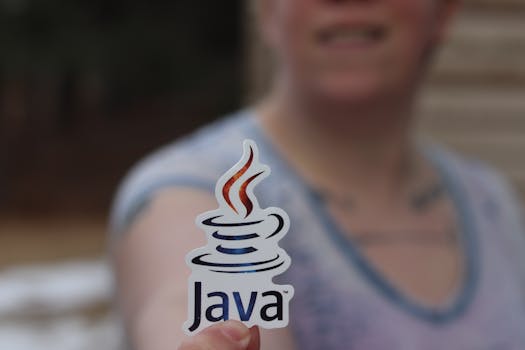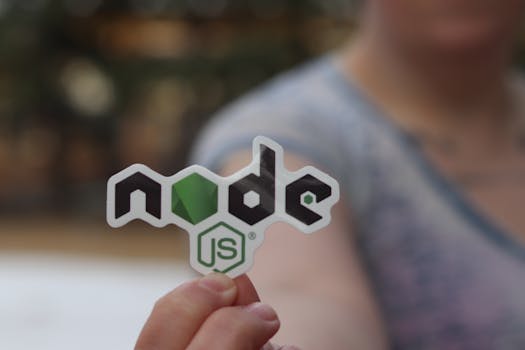🧩 Microservices Decoded: Design Scalable Systems with Confidence
🧾 Course Description
Microservices architecture is the backbone of modern enterprise and cloud-native systems. In “Microservices Decoded”, you’ll learn how to design, build, and deploy distributed applications that are scalable, resilient, and independently deployable.
This course covers everything from breaking a monolith into services, communication strategies, service discovery, and inter-service security — all explained with real-world scenarios, design patterns, and optional implementation using Spring Boot, Docker, and API Gateway.
Whether you’re a developer, architect, or DevOps professional, this course will give you the conceptual clarity and system-level thinking needed to excel in a microservices environment.
✅ Key Benefits
- 🧠 Think in Systems, Not Scripts — Learn to design modular, scalable architectures
- 🔗 Build for Independence — Avoid bottlenecks by decoupling services
- 📦 Polyglot Flexibility — Use the best tech stack for each service
- 🚀 Deploy Faster & Smarter — Improve delivery with independent pipelines
- 💥 Resilience by Design — Handle failures, retries, and distributed state like a pro
🎯 Pre-requisites
- Solid understanding of REST APIs, HTTP, and basic backend development
- Familiarity with Java (Spring Boot) or any web framework (Node.js, Python, etc.)
- Basic knowledge of Docker, Git, and CI/CD concepts recommended
- Optional: exposure to monolithic app structure
📚 Curriculum Breakdown
🔧 Module 1: Introduction to Microservices
- What are Microservices?
- Monolith vs Microservices
- Benefits & trade-offs of distributed architecture
🧱 Module 2: Service Decomposition
- Identifying service boundaries
- Domain-Driven Design (DDD) basics
- Bounded contexts and database-per-service pattern
🌐 Module 3: Communication Between Services
- RESTful HTTP, messaging queues (RabbitMQ, Kafka)
- Synchronous vs asynchronous
- Circuit breakers, retries, fallbacks
🔁 Module 4: Service Discovery and API Gateway
- Centralized routing with API Gateway
- Load balancing and dynamic service discovery
- Netflix Eureka, Consul (conceptual)
🔒 Module 5: Security and Config Management
- Inter-service authentication (JWT, OAuth2)
- Centralized config with Spring Cloud Config or Vault
- Environment-specific configurations
⚙️ Module 6: Observability & Monitoring
- Centralized logging with ELK
- Distributed tracing (Zipkin, Jaeger)
- Metrics collection (Prometheus, Grafana)
🧪 Module 7: Practical Microservice Project (Spring Boot-based)
- Build 3 microservices (e.g., User, Order, Inventory)
- Use REST communication
- Add service registry + config server + gateway
- Include fault tolerance (Hystrix/resilience4j)
- Deploy using Docker + Docker Compose
⏱️ Estimated Duration
| Daily Study Time | Estimated Duration | Notes |
|---|---|---|
| 2 hours/day | 15–18 days (~3 weeks) | Ideal for professionals & part-timers |
| 4 hours/day | 8–9 days (~1.5 weeks) | Balanced theory + practice |
| 6 hours/day | 5–6 days (bootcamp) | Project-heavy accelerated learning |
🎓 Outcome
By the end of Microservices Decoded, you will:
- Understand microservice design principles, trade-offs, and best practices
- Decompose monoliths into maintainable, scalable services
- Handle inter-service communication, observability, and service failure
- Be ready to work on enterprise-grade microservice systems using Spring Boot, Docker, and cloud platforms







